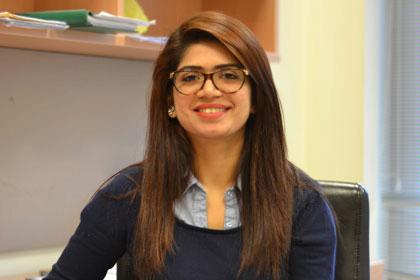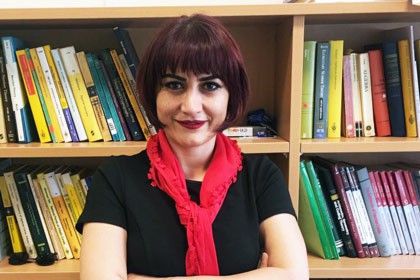Sonlu cisimler teorisi, öncelikle sayılar teorisi problemlerinden doğmuş (Euler, Gauss) ve tamamen matematiksel içgüdü ve merakla gelişmiştir. Uzunca bir zaman, bu teori sadece soyut matematiğin sayılar teorisi, cebirsel geometri, grup teorisi gibi konularında, uygulama hiç düşünülmeden, kullanılmıştır. Bu durum, modern bilişim teknolojilerinin gelişmesiyle ciddi şekilde değişmiştir. Sonlu cisimlerin özellikle bilgi transferi ve veri güvenliği gibi bir çok uygulamada doğal olarak kullanılabileceği görülmüştür.
Sabancı Üniversitesi Cebir, Sayılar Teorisi, Kombinatorik ve Uygulamaları Grubu'nun ilgi alanları özellikle sonlu cisimler üzerindeki eğriler, bunların kodlama teorisinde uygulamaları, yarı rastsal sayı üreteçleri ve bunların analizi, tamsayı parçalanışları ve q-serileri üzerine yoğunlaşmıştır.
Yakın zaman içinde sonlu cisimler üzerindeki eğriler, ya da global fonksiyon cisimleri, üzerinde çok kapsamlı araştırmalar yapılmıştır. Bunların önemlilerinden birisi, Drinfeld-Vladut sınırını yakalayan fonksiyon cismi kulelerinin inşaasıdır (A. Garcia ve H. Stichtenoth).
Grubun aktif uluslararası boyuttaki organizasyonları arasında "September Resarch on Curves over Finite Fields" ve "SU Lecture Series on Coding Theory" ve "Semester on Curves, Codes and Cryptography" sayılabilir.
Current Research Topics
Algebras:
Non-associative division algebras, finite semifields.
Arithmetic of Finite Fields:
Permutation polynomials, polynomial factorisation.
Coding Theory:
Cyclic and quasi-cyclic codes, algebraic geometry codes, asymptotically good codes, maximum distance separable codes (MDS codes), maximum rank distance codes (MRD codes).
Combinatorial and Homological Methods in Commutative Algebra
Combinatorial Commutative Algebra (monomial and binomial ideals, toric algebras and combinatorics of affine semigroups, Cohen-Macaulay posets, graphs, and simplicial complexes), homological methods in Commutative Algebra (free resolutions, Betti numbers, regularity, Cohen-Macaulay modules), Groebner basis theory and applications.
Computational Number Theory
The arithmetic of elliptic and hyperelliptic curves, rational points on smooth planar curves, Gaussian hypergeometric series and character sums, arithmetic dynamics over finite fields and number fields.
Cryptology:
Sequences and stream ciphers, cryptographically significant functions (bent, plateaued, almost perfect nonlinear), secret sharing schemes.
Enumerative Combinatorics and Applications:
Integer partitions, permutations and permutation statistics. Basic hypergeometric series and their identities. Bijective and sieve methods, combinatorics of partially ordered sets.
Function Fields and Curves over Finite Fields:
Rational points, maximal curves, towers of function fields, automorphisms, modular curves, Drinfeld modular curves.
Geometry:
Finite geometries, projective planes, incidence geometry, geometry of tensors, algebraic varieties, linear sets (field reduction), (classical) polar spaces.







